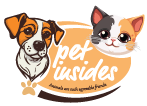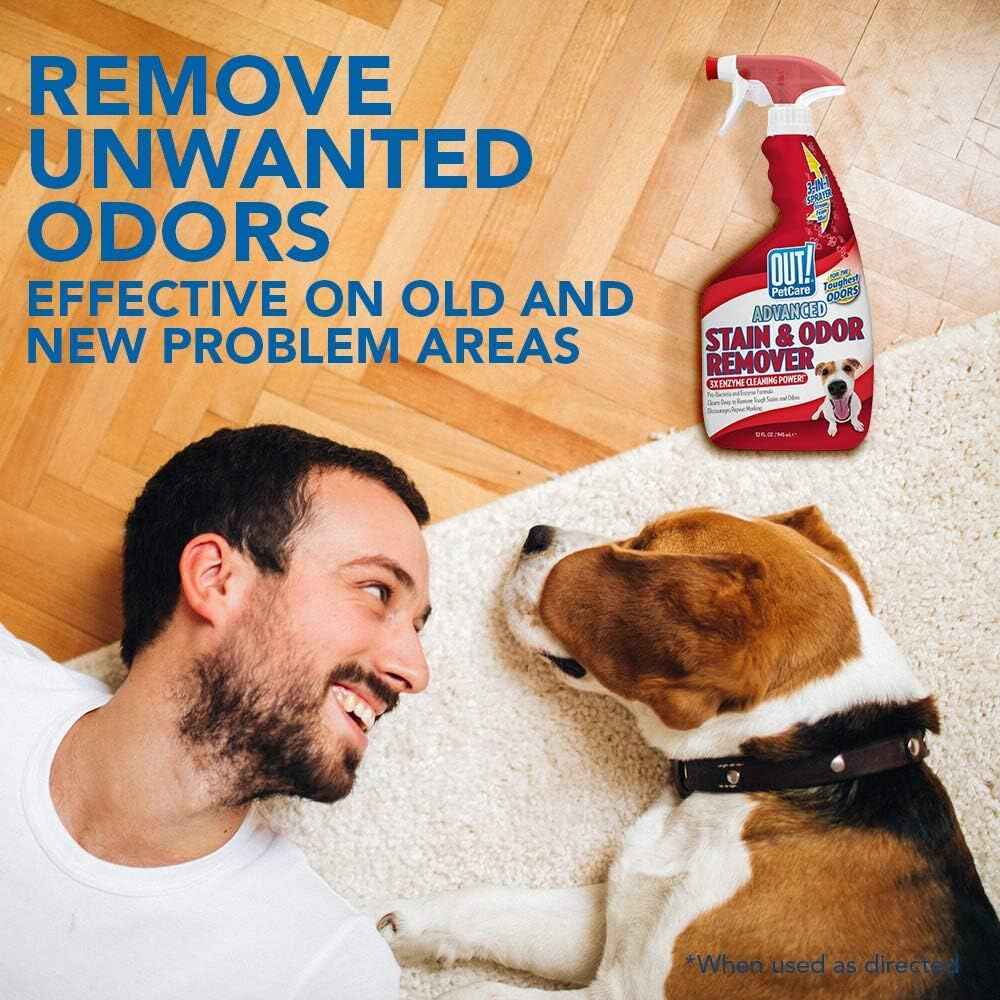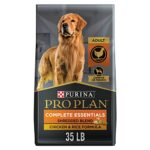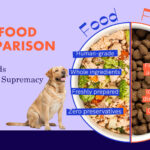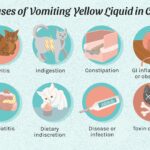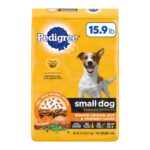To learn, How to stop a puppy from chewing pee pads, provide them with appropriate chew toys and apply deterrent sprays on the pads. Redirect their chewing behavior positively when caught in the act.
Training a puppy can be challenging, and one common hurdle is their tendency to chew on pee pads. Puppies explore the world with their mouths, and this can lead to the destruction of household items, including their own training aids.
A consistent approach to correcting this behavior is critical; it reinforces the idea that pee pads are not for chewing. Introducing plenty of suitable chew toys can keep your puppy engaged and reduce the likelihood of them turning to the pee pads for entertainment. Alongside positive reinforcement and setting up a clear boundary, implementing deterrents such as safe, bitter-tasting sprays can effectively discourage this unwanted habit. Remember, patience and consistency are key in helping your furry friend learn appropriate chewing behaviors.

Credit: www.amazon.com
The Chew Struggle: Puppies And Pee Pads
Welcome to the chewy dilemma of puppies and pee pads! Young dogs explore the world with their mouths, much like toddlers do with their hands. Pee pads, with their intriguing texture and scent, often become unintended chew toys for these curious furballs. Understanding and redirecting this behavior is essential. It will protect your belongings and aid in proper puppy training.
Why Puppies Chew Pee Pads
Chewing is a natural behavior for puppies. They chew to explore, to teethe, and to relieve boredom. Pee pads, especially for energetic fur babies, may seem like an alluring target. The pads’ unique feel and smell can trigger a pup’s curiosity, turning them into irresistible chew toys.
- Teething relief: Chewing helps soothe their aching gums.
- Curiosity: They investigate everything with their mouths.
- Boredom: Lack of mental stimulation leads to seeking out items to chew.
Distinguishing Playfulness From Destructive Behavior
Distinguishing between a playful nibble and a potential problem lies in observation. Puppies exhibit playfulness when they bounce around, wag their tails, and have a relaxed demeanor. Signs of destructive behavior may include fixation on chewing a single item, restlessness, or agitation.
| Playful Chewing | Destructive Chewing |
|---|---|
| Light nibbling | Intense, focused chewing |
| Short attention span | Unrelenting destruction |
| Happy, wagging tail | Frustration or anxiety |
By understanding why puppies chew and recognizing their behavior, you are better equipped to stop them from destroying pee pads. Redirect your puppy’s chewing onto safe toys and provide plenty of exercise to prevent boredom. This will help keep those pee pads intact and your puppy on the right path of training.
Puppy Teething 101
Welcome to the tail-wagging world of puppy teething! This stage is natural but comes with challenges. Understanding this phase is key to stopping your furry friend from turning pee pads into chew toys.
Understanding Your Puppy’s Teething Stage
Understanding Your Puppy’s Teething Stage
Puppies start teething at around 3 to 4 months old. This period can last up to 6 months. During this time, your puppy will grow their adult teeth. The process causes sore gums, leading to a need to chew. Recognizing this is crucial. It will explain your pup’s chewing habits.
Babies soothe their gums with teething rings. Similarly, puppies need something to gnaw on. Their gums itch and hurt as new teeth come in. Chewing helps alleviate the discomfort. Pee pads, with their soft texture, may become targets for relief.
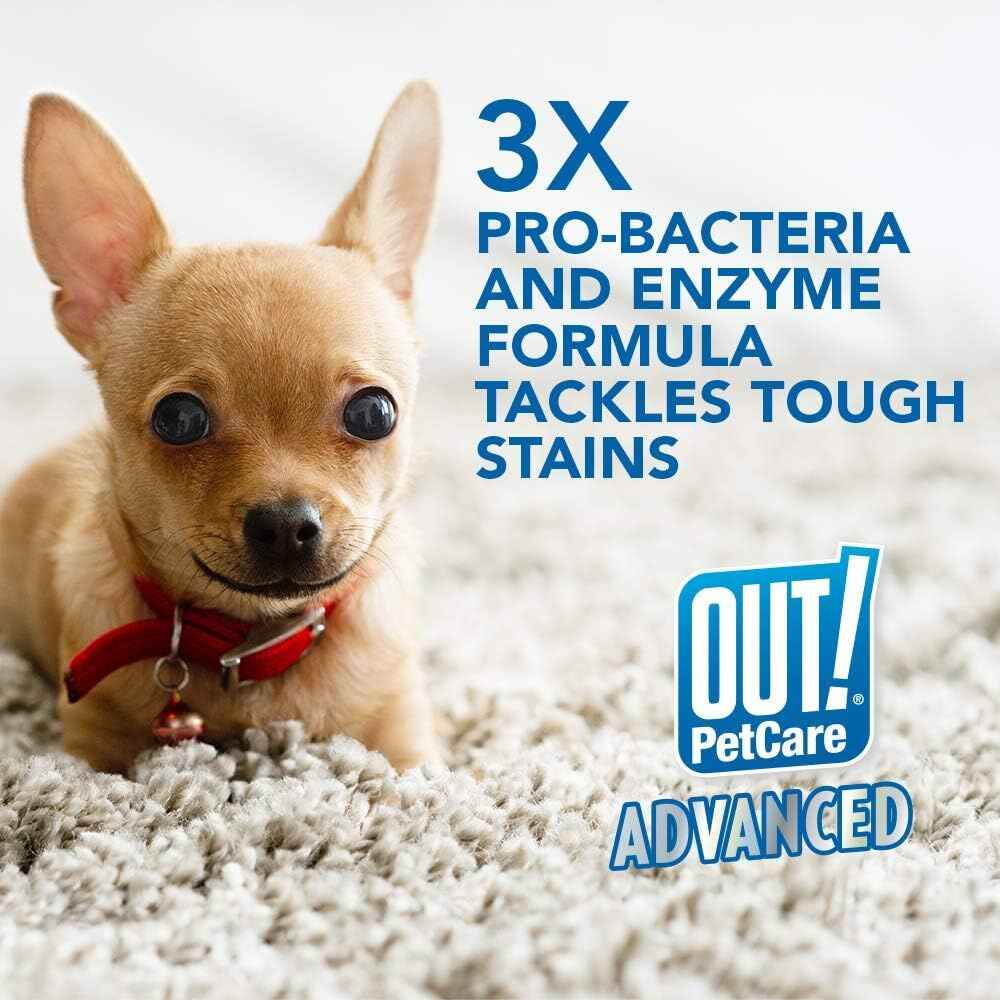
The Role Of Chew Toys In Easing Discomfort
Chew toys are a puppy’s best friend during the teething stage. They provide a safe and appropriate outlet for chewing. Using chew toys distracts puppies from gnawing on less suitable objects, like pee pads.
- Select the right type: Soft rubber toys are gentle on gums.
- Cold toys help: Freezing a chew toy eases swelling and pain.
- Supervise playtime: Always watch your puppy while they chew to prevent choking.
Swapping out a pee pad with a proper chew toy can redirect your puppy’s chewing need.
Alternatives To Pee Pads During Teething
Teething puppies need to chew. Pee pads can often be the victim. But there’s a solution! Let’s explore alternatives to keep those little chompers happy without sacrificing your floors.
Training Puppies To Use Different Surfaces
Match your puppy’s needs with suitable surfaces. A variety of textures can entice them away from pee pads. Start with these:
- Grass Mats: They feel natural underpaw, making the transition to outdoor potty breaks smoother.
- Rubber Mats: Durable and chew-resistant, perfect for teething pups.
- Fabric Mats: With a softer texture, they are less appealing to chew on.
Always praise your puppy for using these alternatives. Treats work wonders for reinforcement.
Exploring Pee Pad Alternatives
Consider these chew-proof solutions:
| Alternative | Pros | Cons |
|---|---|---|
| Artificial Turf | Mimics real grass, easy to clean | Requires regular sanitation |
| Chew Toys | Redirects chewing behavior | Supervision needed to prevent ingestion |
| Puzzle Feeders | Keeps puppy engaged, promotes mental stimulation | Puppy might lose interest over time |
Rotate toys and feeders to maintain interest. Always keep a watchful eye on your puppy to ensure safety.
Training Techniques To Discourage Chewing
Welcome to the wonderful yet sometimes challenging world of puppy parenting! Puppies have an innate need to chew, and their targeting pee pads can be a common frustration. In this segment, we’ll explore effective training techniques that help discourage this behavior, ensuring a happier, chew-free home.
Positive Reinforcement Methods
One of the top ways to curb unwanted chewing is through positive reinforcement. This means rewarding your puppy for good behavior rather than punishing them for the bad. Each time your puppy chooses not to chew on the pee pad, throw a little celebration. Give them treats, show excitement, and offer lots of praise.
- Praise your pup: Say “Good dog!” with enthusiasm.
- Offer treats: Use small, healthy treats as a reward.
- Consistency is key: Always reward good behavior to reinforce it.
Redirection: Offering Appropriate Chew Items
Puppies need to chew, and it’s up to you to teach them what’s acceptable. When you notice your pup eyeing the pee pad, it’s redirection time. Offer them a toy or chew that’s just for them. This switch shows them what’s right to chew.
| Type of Chew Item | Benefits |
|---|---|
| Puppy Teething Toys | Safe, soothing for gums |
| Interactive Chew Toys | Keeps them engaged, mentally stimulated |
| Durable Rubber Toys | Long-lasting, prevents boredom |
Ensure chew toys vary in texture and toughness. Remember, the goal is to make the appropriate items more enticing than the pee pad. Supervise your puppy during chew sessions to confirm they are safe and satisfying their need properly.
Creating A Puppy-safe Environment
Welcome to the essential guide for Creating a Puppy-Safe Environment in your home. Young puppies exhibit natural behaviors like chewing which, if not managed, can result in destroyed belongings and potential harm to your furry friend. Transforming your living space into a puppy-proof area isn’t just smart—it’s crucial for your pup’s well-being and your peace of mind. Let’s explore effective strategies to keep those pee pads intact!
Restricting Access To Pee Pads
Protect pee pads from playful pups by limiting their access to them. Here’s how:
- Place pee pads away from where your puppy sleeps or eats.
- Use a puppy pen or baby gates to restrict movement.
- Close doors to rooms that contain pee pads when unsupervised.
Securing Household Items
To further safeguard your home and belongings, adhere to these tips:
- Keep shoes, wires, and personal items out of reach.
- Secure loose items that your puppy could chew on.
- Store household chemicals in high cabinets or locked drawers.
By following these simple steps, not only do you protect your possessions, but you also nip any bad chewing habits in the bud, setting your puppy up for success.
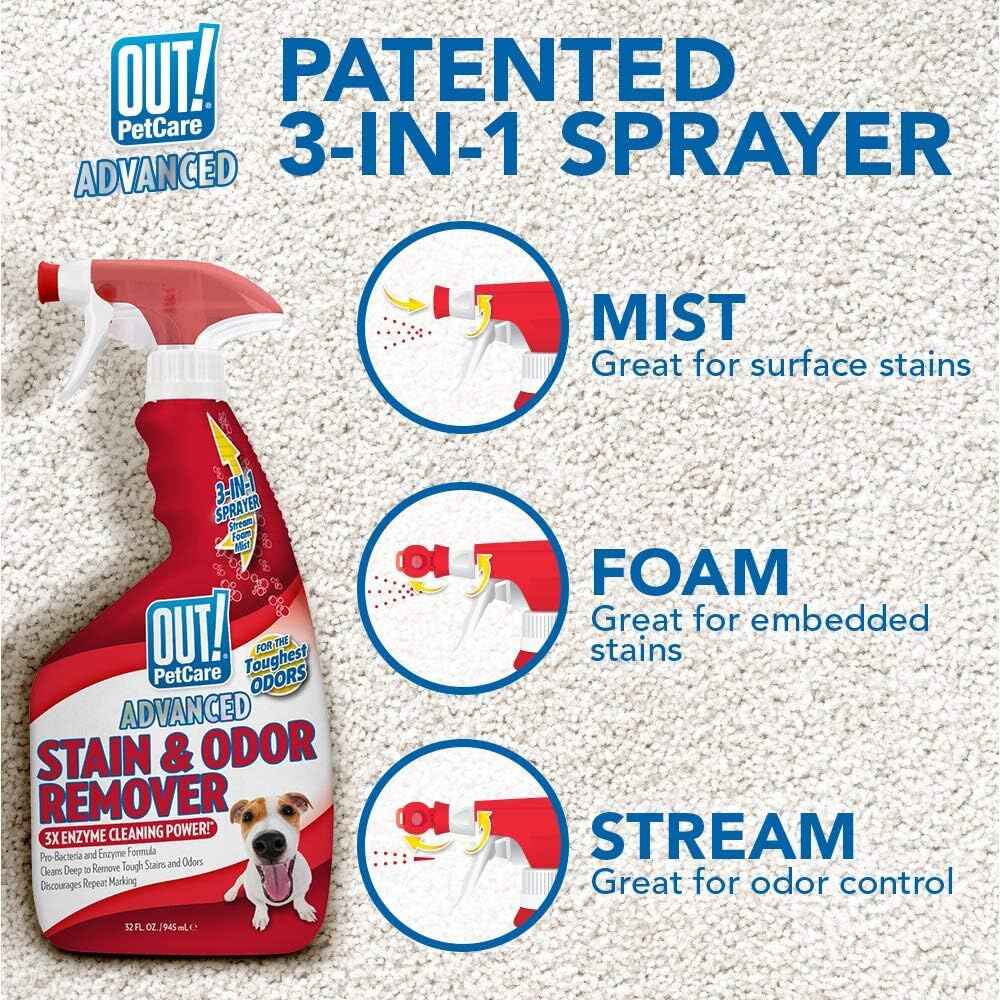
Deterring Agents And Their Efficacy
Deterring Agents and Their Efficacy. When it comes to teaching puppies, patience and the right strategy are crucial. One common challenge for new pet owners is stopping their puppy from chewing on pee pads. Using deterring agents can be an effective method to tackle this issue. These agents, both natural and store-bought, add a displeasing taste or odor to discourage puppies from chewing.
Natural Chew Deterrents
Natural solutions can be both safe and effective. Many can be found right at home. Here are some natural chew deterrents:
- Vinegar and water: Mix equal parts and apply to the pee pads.
- Citrus: A small amount of lemon or orange peel can work wonders.
- Spices: Cayenne pepper or chili powder can keep puppies at bay. Use sparingly.
Always test a small area first to ensure it doesn’t damage the pad or irritate your puppy’s senses.
Store-bought Deterrents: Hits And Misses
For those seeking immediate solutions, the market offers specialized products. Consider these tips:
| Product Type | Effectiveness |
|---|---|
| Bitter sprays | Varies by brand and dog’s preferences |
| Odor-masking sprays | May work short-term but often requires reapplication |
| Anti-chew furniture pads | Generally effective but less targeted for pee pads |
Read reviews and check for any potential allergies before trying a new product.
The Role Of Exercise And Play
Exercise and play are critical in a puppy’s life. These activities not only help in their physical growth but also in their mental development. Keeping your puppy busy in constructive play reduces the chances of them picking up bad habits like chewing on pee pads. Let’s explore how adequate exercise and engaging playtime can be a game-changer in your puppy’s chewing behavior.
Tiring Out Your Puppy To Prevent Chewing
A well-exercised puppy is a well-behaved puppy. Tiring out your furry friend does more than just reduce excess energy. It hits the ‘off’ switch on their need to chew inappropriate items. Puppies chew out of boredom or excess energy, so keeping them active is crucial.
- Take your puppy for walks twice a day
- Play fetch or tug-of-war
- Enroll in puppy agility or obedience classes
A structured exercise routine gives your puppy little to no time to think about chewing on pee pads. Keep in mind; the key is consistency.
Structured Playtime: Finding The Balance
Structured playtime is essential for your puppy’s development. Balance is the secret ingredient. Too little play leads to pent-up energy; too much can overstimulate them. Aim to strike that perfect balance that leaves your pup happily exhausted.
- Set specific times for play throughout the day
- Use various toys to stimulate their mind and body
- Engage in interactive games like hide-and-seek with their favorite toys
Remember, a routine of structured play keeps the chaos at bay and the pee pads intact. Your puppy will learn that playtime happens at certain times and with specific toys, not with the pee pads on the floor.
Consistency In Commands And Cues
Consistency in commands and cues is vital when teaching your fluffy companion the dos and don’ts. If your puppy is chewing on pee pads, sticking to a set of clear instructions can help stop the behavior. Consistent commands not only help with learning but also with remembering rules.
Establishing A Clear ‘no Chew’ Command
To prevent your puppy from gnawing at pee pads, introduce a specific command like “No chew”. It should be simple, direct, and used only for this behavior. Repeat it firmly every time you catch your puppy in the act.
- Choose a command and stick to it.
- Use the command immediately upon spotting the chewing.
- Be firm and calm, never shouting.
Associating the command with the act will soon make your puppy understand that chewing pee pads is off-limits.
The Importance Of Consistent Responses
A consistent response to chewing behavior reinforces your commands. Every time your puppy thinks of nibbling on a pee pad, they should know a firm “No chew” will follow.
- Never ignore the behavior.
- Always respond the same way.
| Action by Puppy | Your Consistent Response |
|---|---|
| Starts to bite pee pad | Say “No chew” and redirect |
| Continues after command | Remove them from the pad |
Being constant trains your puppy to understand that chewing pee pads will always result in the same, predictable consequence from you.
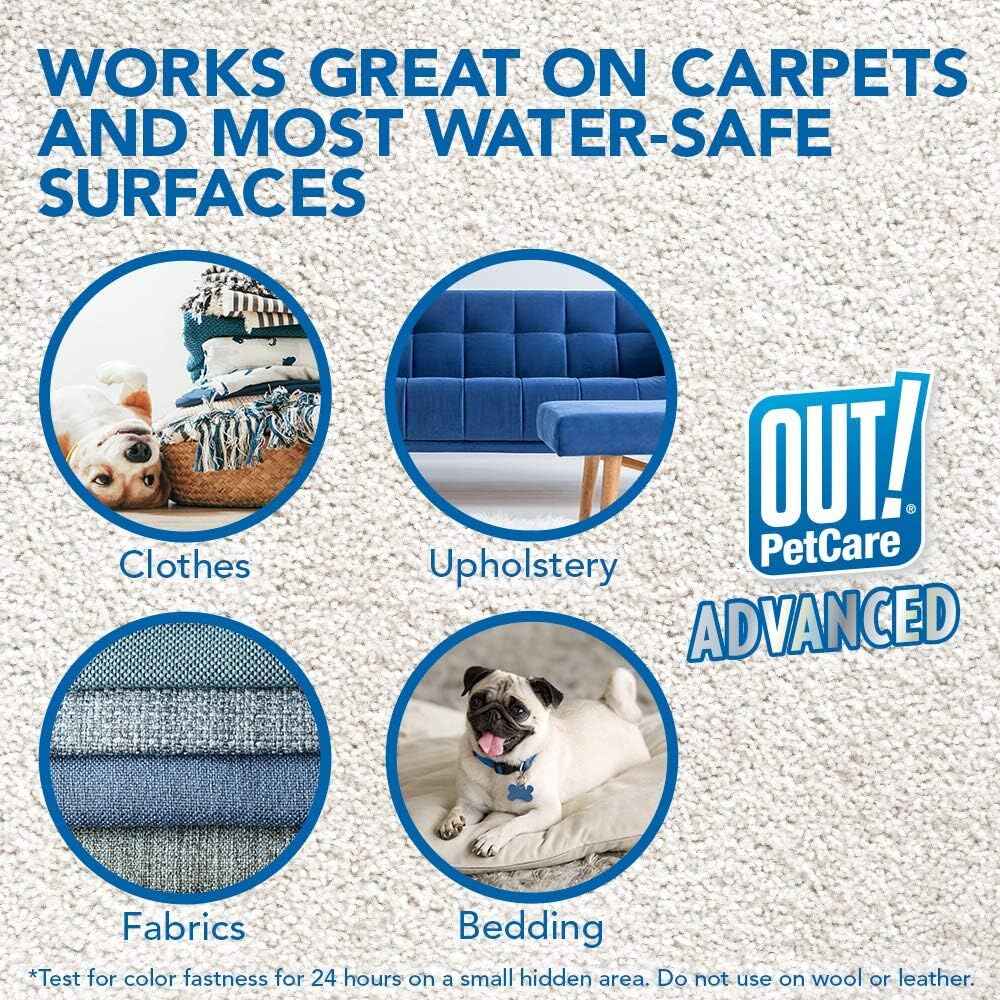
When To Seek Professional Help
When to Seek Professional Help:
Training a puppy to stop chewing pee pads is a common challenge for pet owners.
Sometimes, the usual tips and tricks don’t work.
This could signal deeper behavioral issues.
In such cases, professional help is necessary.
Let’s explore the indicators of compulsive chewing and how to find expert assistance.
Identifying Signs Of Compulsive Chewing
It’s crucial to recognize when chewing becomes compulsive.
Unchecked, it can lead to health risks.
Below are signs that your puppy’s behavior may need a professional’s attention:
- Chewing despite distractions: Your puppy ignores toys, activities, or commands to chew on pee pads.
- Anxiety or stress indicators: Signs like frequent panting, pacing, or whining are shown while chewing.
- Damage to teeth or gums: Injuries occur from persistent chewing.
- Chewing in your absence: Destruction is discovered whenever you return home.
Finding A Qualified Dog Trainer Or Behaviorist
Finding the right professional is essential for correcting your puppy’s behavior.
Here are steps to locate a qualified trainer or behaviorist:
- Search for certified professionals with experience in puppy behavior.
- Read reviews or ask for recommendations from other pet owners.
- Schedule a consultation to discuss your puppy’s specific issues.
- Ensure their training methods are positive and not punitive.
- Verify their credentials and ask about their success rates with similar behaviors.
| Certification | Experience | Methods | Success Rate |
|---|---|---|---|
| Professional board-certified | Years working with puppies | Positive reinforcement | High with chewing issues |
A qualified trainer will create a tailored plan for your puppy.
They will include appropriate exercises and strategies.
With professional guidance, your puppy can learn to stop chewing pee pads.
Remember, early intervention often leads to the best outcome.
Maintenance And Monitoring
Keeping your puppy from turning pee pads into chew toys requires constant vigilance. This part of the training involves regular monitoring. Pay attention to their behavior. Notice patterns and triggers for chewing. Active engagement helps identify when a routine adjustment is necessary. Positive reinforcement leads to better habits. Let’s explore how routine monitoring and ongoing education prevent unwanted chewing.
H3 Heading: Routine Checks for Chewing Behavior
Routine Checks For Chewing Behavior
- Inspect pee pads multiple times daily to look for bite marks.
- Create a regular schedule for puppy bathroom breaks.
- Use distraction techniques like toys when they move to chew.
- Keep a diary to track chewing incidents and spotting patterns.
Stay on top of these checks. Early detection stops the habit from forming.
Continuing Education And Adaptation
Educating your puppy is a journey. It does not end with mastering the basic commands. Here are ways to adapt the training:
- Introduce new commands related to leaving the pee pad alone.
- Enroll in puppy classes for socialization and professional advice.
- Try different types of pee pads to find one less tempting to chew.
Flexibility in your approach teaches your puppy ideal behavior efficiently.
Frequently Asked Questions For How To Stop A Puppy From Chewing Pee Pads
Why Does My Puppy Keep Tearing Up His Pee Pad?
Your puppy may tear up his pee pad due to boredom, excess energy, teething, or simply not understanding its purpose. Provide ample chew toys and proper training to address this behavior.
What Can I Use Instead Of Puppy Pads?
Alternatives to puppy pads include reusable cloth pads, artificial grass mats, newspaper, and outdoor training. These options are eco-friendly and cost-effective.
Is It Ok If Puppy Eats Pee Pad?
No, it’s not safe for puppies to eat pee pads as they contain chemicals and plastic, which can cause gastrointestinal blockages or toxicity. Always monitor your puppy and provide appropriate chew toys instead. Consult a vet if your puppy ingests part of a pee pad.
How Do I Keep My Puppy Pee Pads In Place?
Secure your puppy’s pee pads with specialized gripping tape or weighted corners. Consider placing a heavy object near the edges. Opt for pee pad holders or trays for added stability. Anchor the pads under furniture if necessary, ensuring easy access for your puppy.
Conclusion
Teaching your puppy to avoid chewing on pee pads takes patience and consistency. Implement the strategies shared, and remember to reward good behavior. With time and positive reinforcement, your furry friend will learn appropriate chewing habits. Keep engaging with them, and soon, you’ll see a well-behaved pup thriving in a pee pad-free environment.
